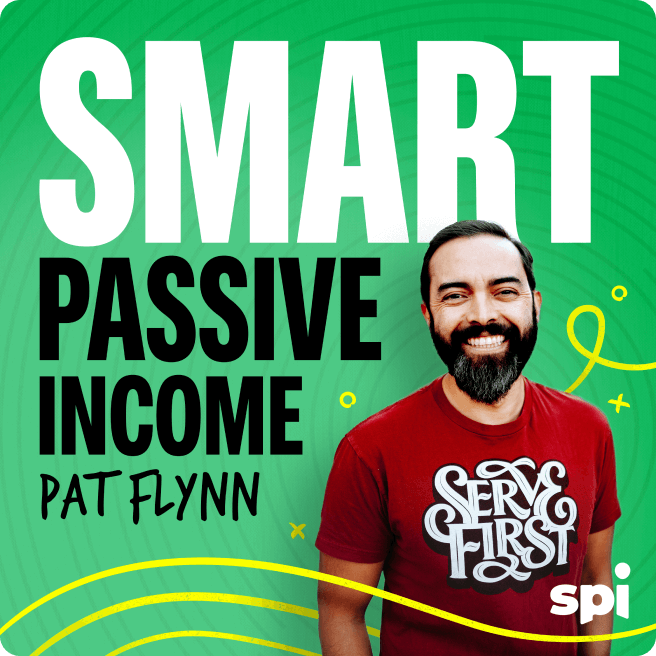When I think back on my 13-year entrepreneurial career, I think about a lot of the people and pivotal moments that have guided the journey. Like when Matt and I started working together. He is now my co-CEO, and has been very influential in how the business has developed. There have also been people that I’ve connected with in my mastermind groups who have provided everything from the names of my books to a shoulder to cry on at times. But when I think about some of the most important skills that I’ve learned to get here, one important skill is storytelling—and it’s not something I’ve always been good at.
In fact, at one point I wasn’t great at storytelling at all. But it’s a skill that can be learned. When I started sharing lots of content, via my writing, videos, and podcasts, I realized I needed to learn how to better engage people through stories, to keep them on the page, or screen, or on a podcast like this one. Then, when I started speaking live, I started to hone my storytelling skills even further. And there’s no other person I can thank for this than Mike Pacchione, who was my speaking coach back in 2012. I started speaking in 2011, got really hooked on it, and like everything I do, I went and found an expert at it to help me get better faster and minimize my mistakes. Not eliminate them entirely, because I need to make mistakes to grow, but to minimize them, and also to guide me.
Mike is our special guest today, and with his help we’re going to explore the depths of storytelling. We’re going to tell lots of stories today and break down how stories should be told. Because story is, like I said, what engages an audience. It’s what brings emotion to the points you’re making. It is what helps transport a person from, “Hmm, I wonder if this is something I should keep paying attention to?” to, “Whoa, what happens next?” This is what brings connection, and storytelling is the key to connection. That’s what we’re going to talk about today with my former speaking coach, Mike Pacchione.
Today’s Guest
Mike Pacchione
Mike Pacchione is a nerd about speeches. Like, he was watching season two of House of Cards and could tell the fake president had studied real-President Obama. Or analyzed why Gru’s speech was so effective in Despicable Me. Or… you get the idea.
Mike is an international speaker and speech coach who specializes in helping executives, athletes, and entrepreneurs deliver smart and engaging messages to audiences of all sizes. He has trained more than 10,000 employees from companies like Apple, Google, and Nike.
Many of Mike’s clients are industry leaders with seven-figure businesses, bestselling books, and thousands of followers. That includes clients like US Olympic gold medalist Scott Hamilton, New York Times bestselling authors James Clear and Donald Miller, and popular online entrepreneurs like Amy Porterfield and yes, Pat Flynn.
He has been featured on podcasts such as Building a Storybrand, Typology, and The Speaker Lab. He has also spoken at conferences like SXSW; Think Better, Live Better; Josh Shipp’s Rock the Stage; and the Northwest Communication Association.
Mike also hosts the Best Speech podcast and will give you a dollar if you can pronounce his last name correctly.
BestSpeech.co/pat (where you’ll find a special bonus for Pat fans!)
MikeTalks.co/enneagram
MikeTalks.co/Ken
You’ll Learn
- Why “the lawnmower story” from SPI Podcast session 122 is so effective
- The three parts to a great story, and which one is the hardest to build
- Why you need a “story bank” (and how Mike keeps track of his stories)
- Mike’s seven keys for creating great stories
- How movies like Fight Club and Ratatouille incorporate effective storytelling from the get-go
- When to include details in your story—and when to ditch them
- How to practice your storytelling (and no, you can’t skip this step!)
- Where to go to find Mike’s deconstruction of a Pat Flynn keynote





